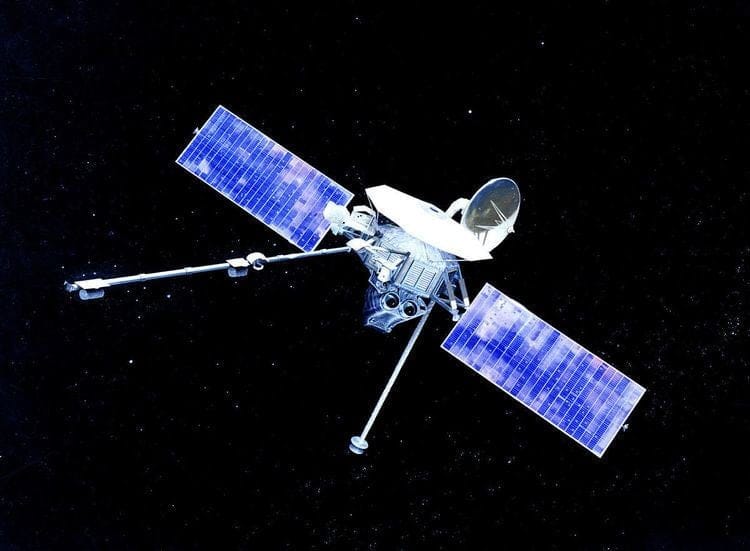Yellowstone National Park, renowned for its stunning landscapes and geothermal features, is also home to one of the world’s largest active volcanic systems. The park sits atop a supervolcano, which has erupted several times over the past two million years, leading to ongoing speculation about the potential for future eruptions. Recently, scientists have made significant strides in understanding the volcanic activity beneath the park, providing new answers to the question: Will Yellowstone National Park erupt?
The latest research indicates that while Yellowstone remains an active volcanic system, the chances of a major eruption occurring in the immediate future are quite low. Scientists have been closely monitoring the park’s geothermal activity, which includes geysers, hot springs, and fumaroles, to gain a better understanding of the underlying volcanic processes. These geothermal features are not only a significant draw for visitors but also serve as vital indicators of the volcanic system’s health.
One of the key methods employed by researchers is the use of advanced technology to monitor ground deformation in the park. This technology includes GPS stations and satellite radar that can detect even minor changes in the landscape. The data collected from these instruments helps scientists assess whether magma is accumulating beneath the surface, which could indicate an increased likelihood of an eruption. Recent measurements have shown that while there are fluctuations in ground deformation, they do not suggest a significant buildup of magma at this time.
Additionally, scientists have been studying the hydrothermal systems within Yellowstone, which are influenced by the heat generated from the magma chamber below. These hydrothermal features can provide clues about the activity of the supervolcano. For instance, changes in water temperatures and the chemistry of hot springs can signal shifts in the geothermal system. Current observations indicate that while some areas have experienced changes, they are consistent with the normal behavior of the park’s geothermal features and do not point to an imminent eruption.
Public interest in the potential for a Yellowstone eruption has been fueled by the park’s history of massive volcanic events, such as the last major eruption approximately 640,000 years ago. However, scientists stress that the geological processes involved in volcanic eruptions are complex and not fully understood. The current consensus among experts is that while Yellowstone is an active volcanic system, the likelihood of a catastrophic eruption occurring in the near term is minimal.
In addition to monitoring geological activity, researchers are also focused on public education regarding the risks associated with living near an active volcano. The United States Geological Survey (USGS) and other organizations have developed comprehensive communication strategies to inform the public about the signs of volcanic activity and the measures in place to ensure safety. These efforts aim to alleviate concerns while promoting awareness of the natural phenomena occurring within the park.
Moreover, scientists are continually refining their models of volcanic behavior to improve predictions of future activity. By studying past eruptions and analyzing data from various monitoring systems, researchers are better equipped to assess the risks posed by the Yellowstone supervolcano. This ongoing research is crucial not only for understanding the park’s geothermal dynamics but also for preparing for any potential future events.
The implications of Yellowstone’s volcanic activity extend beyond the park itself. An eruption could have significant consequences for the surrounding regions, including air quality issues and disruptions to local ecosystems. Therefore, ongoing research and monitoring are essential for both the safety of nearby communities and the preservation of the park’s unique environment.
In conclusion, while the question of whether Yellowstone National Park will erupt continues to capture public interest, recent scientific findings provide a clearer picture of the current volcanic activity in the area. The consensus among researchers is that, although Yellowstone is an active volcanic system, the likelihood of a major eruption occurring in the near future is low. Continued monitoring and research will play a vital role in ensuring the safety of visitors and residents alike, as well as enhancing our understanding of this remarkable geological feature.



